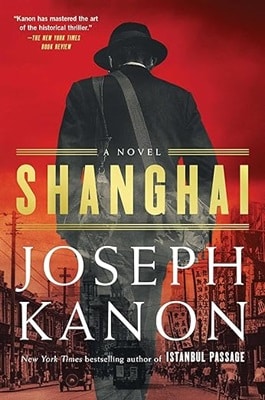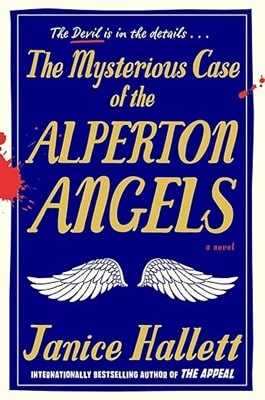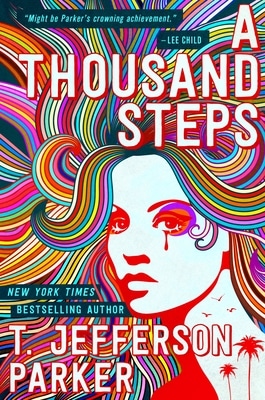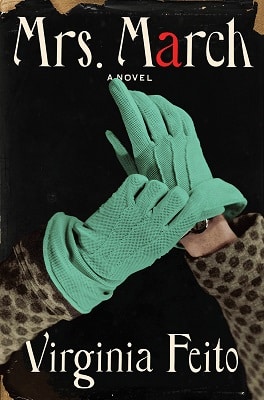
John Winn Miller is an award-winning investigative reporter, foreign correspondent, editor, newspaper publisher, screenwriter, movie producer, and novelist. The Lexington, Ky., native was a foreign correspondent for The Associated Press and Wall Street Journal/Europe based in Rome, Italy; a reporter and editor at the Lexington (KY) Herald-Leader; executive editor of the Centre Daily Times (State College, Pa.) and the Tallahassee Democrat; and was publisher of The Olympian in Olympia, WA., and The Concord (N.H.) Monitor. He also helped produce four independent feature films: “Hitting the Cycle” with Bruce Dern; “Armed Response”; “Band of Robbers,” written and directed by Adam and Aaron Nee, and “Ghost in the Family.” Miller and his wife Margo live in Lexington Their daughter Allison Miller is an actress-screenwriter-director who most recently starred on the ABC series “A Million Little Things.”
Q: How did you get the idea for the story?
John: Years ago, I watched a bad TV adventure movie with my family and thought, “I can write a better story.” The next morning, I woke from a dream with the first scene, the last scene, and the name of the ship in mind. I had no personal experience with U-boats, merchant ships, or the settings, so I spent several years researching to get the facts right.
Q: What was the role of Peggy C in the first book?
John: It’s the name of the cargo ship. The ship’s captain, Jake Rogers, rescues a Jewish family, and they’re pursued by a Nazi U-boat. The Peggy C is thirty years old but holds its own in the cat-and-mouse game. I intentionally made the ship slow to increase the challenge of escape. The ship itself became a character in the story.
Q: What elements in the story were based on real history?
John: The drug Pervitin was used by the Nazis to stay awake and feel euphoric—it gave them confidence and fearlessness. Hitler’s pirates were also real, an idea that originally came from Winston Churchill in WWI. The more bizarre something sounded, the more I made sure it was grounded in reality.
Q: There’s a powerful quote in the book that seems relevant even after October 7. Can you explain it?
John: You’re referring to, “You and your kind make evil leaders like Hitler possible and yet you pretend you are only fighting for country.” That was the typical Nazi defense—I was just following orders. But there’s a moral responsibility to stand up to evil, whether you’re a soldier or a collaborator. Denmark was one of the few exceptions.
Q: How would you describe U-boat Commander Brauer?
John: He’s based on three real U-boat captains. I took the worst traits of each—he’s deranged, cruel, and completely convinced he’s doing the right thing. He’s a war criminal, and what he does is based on true events. In the story, Brauer wants revenge after being humiliated by Rogers.
Q: How would you describe the heroine, Miriam?
John: She’s a reader, smart, impulsive, courageous, and tough. She starts out as a damsel in distress, but by the end of the story, she becomes a hero.
Q: Does Miriam change in the second book after being tortured by the Nazis?
John: Absolutely. She becomes heavier-hearted, more suspicious, less trusting. She deals with dread, anxiety, and anger. She was once a young medical student, but now she has to fight to save her family. Her growth arc is the biggest in the series. She realizes those who told her not to fight back were wrong—especially the Jewish Council in Amsterdam, who she sees as fools.
Q: How would you describe the hero, Rogers?
John: He’s a cynic, loyal, a solid navy man. He’s clever, caring, self-educated, and has a bit of a temper.
Q: Can you talk about the relationship between Rogers and Miriam?
John: They share a love of books, and that creates a bond. They care for each other deeply but come from very different cultures and religions, which makes their relationship complex.
Q: Why did you build a cat-and-mouse structure into both books?
John: I love the Bourne movies. That kind of tension—when enemies get closer and closer—is compelling. I like the chase, the feeling of trying to outwit someone stronger. Rogers often gets ideas from the books he’s read, using intellect to survive.
Q: Why include that specific quote at the beginning of Rescue Run?
John: You mean: “To the brave heroes and heroines who gave their all, and often their lives, to defeat fascism’s heinous ideology of intolerance, racism, nationalism, and anti-Semitism.” I wanted to honor those who stood up. Many were historical figures I portrayed as truthfully as possible—like Miriam’s friend, Tineke Butcher. She, her mother, and grandmother hid over 100 Jewish refugees. Even after eight Gestapo raids and nine arrests, she never revealed a single secret.
Q: Was the resistance leader Miss 2000 a real person?
John: Yes. She was the only woman to create and lead a resistance movement during WWII. Her group sheltered over 4,500 people, providing food, clothing, ration cards, and false identity papers. I tried to show the true depth of her courage and conviction.
Q: What about Hitler’s bounty hunters, like the character Janssen?
John: I came across this book Hitler’s Bounty Hunters and was shocked. Janssen has no morals or convictions—he’s in it for the money and enjoys the cruelty. He’s purely greedy and hateful.
Q: Can you tell us about the next book?
John: The title is Miriam in the Shadows and it will be out in March 2026. The plot has Miriam and Rogers sent to France on separate missions by English Intelligence. There’ll be double-crosses, double agents, and murky deals—lots of twists.
The Hunt for The Peggy C and Rescue Run by John Winn Miller has life and death decisions that lead to daring escapes. The stories display how the hero, Captain Jake Rogers and the heroine, Miriam Maduro, have both courage and resilience. Both books’ plots show how the hunter and the hunted navigate their way through the war zones of the North Sea, the Atlantic, Europe, and the Mediterranean.
The Hunt for The Peggy C has Captain Jake Rogers of the aging tramp steamer, The Peggy C, smuggling contraband merchandise, for money. While in Amsterdam he is paid by Miriam’s father, Mr. Maduro, to smuggle to Gibraltar his most perilous cargo, a Jewish family of six: Uncle Levy, a rabbi; his three young children; and two sisters, Miriam and Truus. But things do not go as planned when a U-Boat commander forces the ship to be boarded by three of its crew members in search of contraband. Unfortunately, they see too much, and the Peggy C crew is forced to take them prisoner. Out for revenge for being humiliated, the U-boat commander Viktor Brauer doggedly pursues the ship hoping to torpedo it to smithereens.
The sequel, Rescue Run, has Captain Jake Rogers returning to the North Atlantic as commander of a US Liberty ship with many of his crew. Unfortunately, it breaks down and they end up in Ireland. While there, Rogers learns from Dutch sailors that the Nazis have arrested the father of Miriam Maduro and have deported him to a concentration camp. In the first book Miriam and Rogers have become lovers and realize they care for each other. Rogers and crew sneak back into Holland aboard a gun-running ship from neutral Ireland and contact a resistance group to help them get Maduro to safety. While in Holland they learn that Miriam is in grave danger in a Nazi prison and has been tortured. Determined to rescue her they once again ask a resistance group to help in a daring rescue attempt. This is where the cat and mouse games begin, as a Nazi bounty hunter is in hot pursuit to get the reward put on Miriam’s head. Now the heroes must navigate informants, imposters, gangsters, and double agents to escape to safety by using disguises, fake documents, subterfuge, and guns.
These stories have nonstop adventure and intrigue that keep readers in a perpetual state of suspense. The nail-biting tension mixed with heartwarming moments makes for a page turner. A bonus are the true historical details about the war and the countries involved that lend to a powerful authenticity. If readers want to learn more about the characters at the end of the second book are additional reading materials, research notes, and blurbs about the historical figures and their fate.






